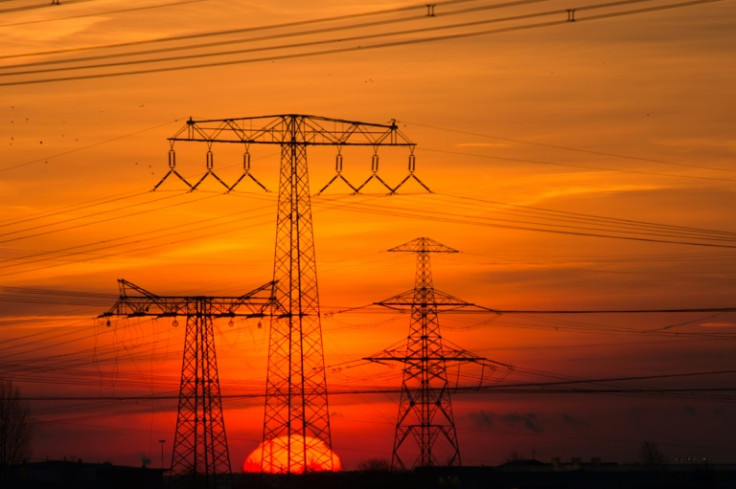Several States Face Elevated Risk Of Blackouts This Summer Amid Push For Green Energy: Report
With the hot summer approaching, two-thirds of North America is at the risk of facing power shortages amid increasing electricity demand and rising temperatures, the North American Electric Reliability Corp. (NERC) has revealed.
A report by the regulatory body overseeing power grid stability stated there was a rise in the number of regions facing an "elevated risk" of power shortages as power plants retire and temperatures soar.
The NERC pointed out that much of the western United States, along with Texas and the Carolinas, were at a heightened risk of continuous power blackouts, with the system facing unexpected generation outages, according to Energy Wire.
"Year after year, in recent events both summer and winter, it clearly shows the system is close to its edge, and more needs to be done to bolster the system's resilience," John Moura, NERC director of reliability assessment and performance analysis, said during a press briefing Wednesday. "The elevated risk profiles that we're seeing are driven by a combination of conventional generation retirements seen over the last couple of years, a substantial increase in forecasted peak demand and new loads coming — we are electrifying more than we ever had in the past."
NERC warned that the U.S. West, Midwest, Southeast and Texas, along with New England and Ontario in Canada, "may experience shortfalls" of power as temperatures surge in coming months, Bloomberg reported.
The only regions that NERC suggests are not at risk of potential outages due to intense heat waves include the mid-Atlantic and southeastern states, the Washington Post reported.
Grid stress could also result from wildfires and prolonged periods of solar output, along with extreme heat, as per the corporation.
It is important to note that such power outage warnings are evolving to be an annual reminder, with the country's power system struggling with the immense stress of heat domes. A shortfall in investment in keeping the fragile system up and running has added to the crisis.
This comes at a time when the Biden administration issued an aggressive plan to reduce carbon dioxide emissions from power plants, and cut pollution in different states. The U.S. Environmental Protection Agency (EPA) said it aims to create a balance between reducing grid carbon emissions and providing enough flexibility to operators to foster a clean energy transition as they face extreme weather threats.
"Preserving the ability of power companies and grid operators to maintain system reliability has been a paramount consideration in the development of these proposed actions," EPA said.
However, critics of the plan argue the power plants don't have adequate carbon capture infrastructure that is required to comply with the rules. Furthermore, the timeframe doesn't provide enough time for the development of a cost-effective technology. Energy experts suggest the plan will force the country's electricity grid to increase reliance on intermittent wind and solar, further threatening the ongoing efforts to maintain a reliable energy supply.
During the briefing, Moura and Mark Olson, NERC reliability assessment manager, underlined the need for enhancing wind and solar generation to meet the grid's increasing power needs with the surge in electric vehicles and heating/cooling systems.
"The system can bring in a lot more wind, a lot more solar," Moura said, as per Washington Post. "We say, 'bring them on.' But we don't want to see cliff's edge [fossil power plant] retirements that come without a lot of warning and not a lot of opportunity to plan."
According to the Energy Department, nearly 90% of households in the country are now air-conditioned, up from 77% in 2001. With the weather getting hotter, more and more people are using the air conditioning to stay cool.

© Copyright IBTimes 2025. All rights reserved.






















